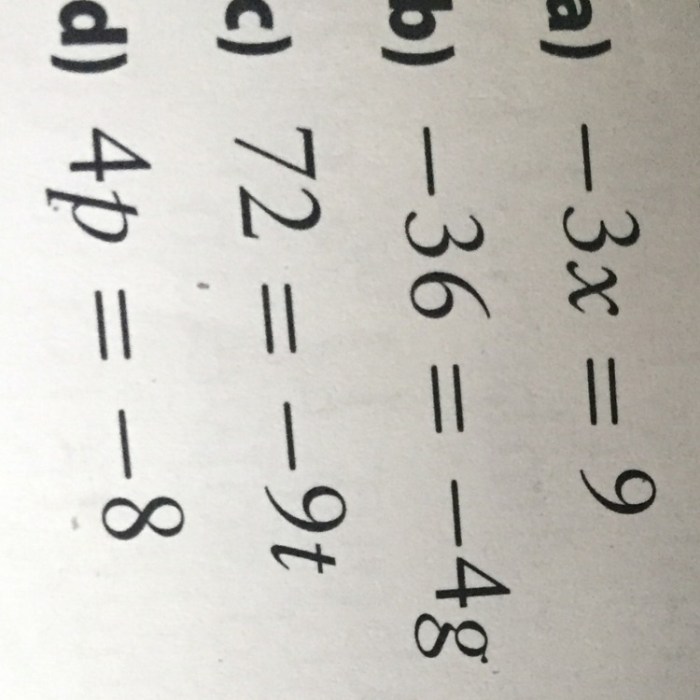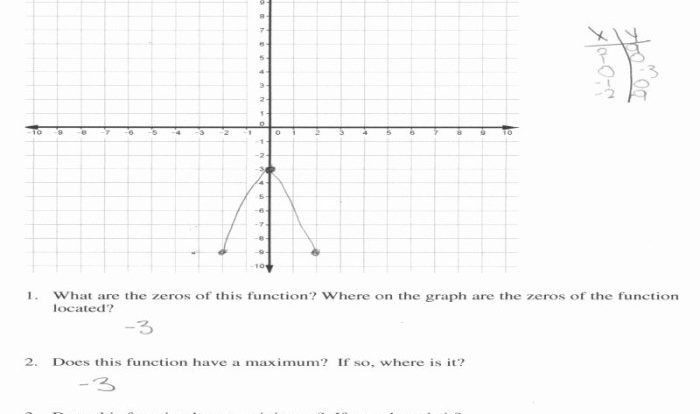Rearrange the equation to isolate c – In the realm of algebra, the ability to isolate a specific variable within an equation is a fundamental skill. This guide delves into the intricacies of rearranging equations to isolate ‘c’, providing a structured approach and practical applications.
By understanding the steps and methods involved in isolating ‘c’, individuals can effectively solve algebraic equations and tackle real-world problems that require manipulating equations.
Equation Manipulation

Equation manipulation is the process of transforming an equation into an equivalent form to solve for a specific variable. It involves isolating the variable on one side of the equation while keeping the equation balanced.
Isolating a Variable
To isolate a variable, follow these steps:
- Identify the variable you want to isolate.
- Perform operations on both sides of the equation to group the terms containing the variable on one side.
- Combine like terms and simplify the equation.
- Divide or multiply both sides of the equation by a coefficient to get the variable by itself.
Examples
Consider the equation:
2x + 5 = 15
To isolate x, we subtract 5 from both sides:
2x = 10
Then, we divide both sides by 2:
x = 5
Isolating the Variable ‘c’: Rearrange The Equation To Isolate C

To isolate the variable ‘c’ from a given equation, follow these steps:
Step 1: Eliminate Coefficients
If there is a coefficient in front of ‘c’, divide both sides of the equation by that coefficient to eliminate it.
Step 2: Isolate ‘c’ Terms
Combine like terms that contain ‘c’ on one side of the equation and move all other terms to the other side.
Step 3: Simplify, Rearrange the equation to isolate c
Simplify the equation by performing algebraic operations such as adding, subtracting, multiplying, or dividing to get ‘c’ by itself on one side of the equation.
Example Equations and Steps
| Equation | Steps to Isolate ‘c’ |
|---|---|
| 2c + 5 = 15 |
1. Subtract 5 from both sides 2c = 10 2. Divide both sides by 2 c = 5 |
(c
|
1. Multiply both sides by 2 c3 = 8 2. Add 3 to both sides c = 11 |
Methods for Isolating ‘c’

In mathematics, isolating a variable means rewriting an equation to express that variable in terms of the other variables in the equation. To isolate the variable ‘c’ in an equation, various methods can be employed, each with its own rationale and application.
Addition
Addition is used when ‘c’ is subtracted from both sides of the equation. This cancels out the subtraction and leaves ‘c’ isolated on one side.
Subtraction
Subtraction is used when ‘c’ is added to both sides of the equation. This cancels out the addition and leaves ‘c’ isolated on one side.
Multiplication
Multiplication is used when ‘c’ is divided by a non-zero constant on both sides of the equation. This cancels out the division and leaves ‘c’ isolated on one side.
Division
Division is used when ‘c’ is multiplied by a non-zero constant on both sides of the equation. This cancels out the multiplication and leaves ‘c’ isolated on one side.
Real-World Applications

Isolating ‘c’ is a crucial step in solving equations and has numerous practical applications in various fields. By isolating ‘c’, we can determine the unknown value of ‘c’ and use it to solve real-world problems.
Here are a few examples of practical scenarios where isolating ‘c’ is essential:
Finance
- Calculating interest:In finance, we often need to calculate the interest earned on an investment. The formula for simple interest is I = P*r*t, where I is the interest, P is the principal, r is the interest rate, and t is the time.
If we know the values of P, r, and t, we can isolate ‘c’ to find the interest earned.
- Determining loan payments:When taking out a loan, we need to determine the monthly payments. The formula for the monthly payment is M = (P*r)/(1 – (1+r)^-n), where M is the monthly payment, P is the loan amount, r is the monthly interest rate, and n is the number of months.
If we know the values of P, r, and n, we can isolate ‘c’ to find the monthly payment.
Physics
- Calculating acceleration:In physics, acceleration is the rate of change of velocity. The formula for acceleration is a = (v-u)/t, where a is the acceleration, v is the final velocity, u is the initial velocity, and t is the time. If we know the values of v, u, and t, we can isolate ‘c’ to find the acceleration.
- Determining force:Force is the product of mass and acceleration. The formula for force is F = m*a, where F is the force, m is the mass, and a is the acceleration. If we know the values of m and a, we can isolate ‘c’ to find the force.
Chemistry
- Calculating concentration:In chemistry, concentration is the amount of solute present in a given volume of solution. The formula for concentration is c = m/V, where c is the concentration, m is the mass of the solute, and V is the volume of the solution.
If we know the values of m and V, we can isolate ‘c’ to find the concentration.
- Determining molarity:Molarity is the number of moles of solute present in one liter of solution. The formula for molarity is M = n/V, where M is the molarity, n is the number of moles of solute, and V is the volume of the solution in liters.
If we know the values of n and V, we can isolate ‘c’ to find the molarity.
The following table summarizes the different applications and their corresponding equations:
| Application | Equation |
|---|---|
Finance
|
I = P*r*t |
Finance
|
M = (P*r)/(1
|
Physics
|
a = (v-u)/t |
Physics
|
F = m*a |
Chemistry
|
c = m/V |
Chemistry
|
M = n/V |
FAQ Overview
What is the significance of isolating ‘c’ in an equation?
Isolating ‘c’ allows us to determine its specific value, which is essential for solving equations and understanding the relationship between variables.
Can you provide an example of a real-world application where isolating ‘c’ is necessary?
In physics, isolating ‘c’ in the equation F = ma is crucial for calculating the force (F) applied to an object given its mass (m) and acceleration (a).



